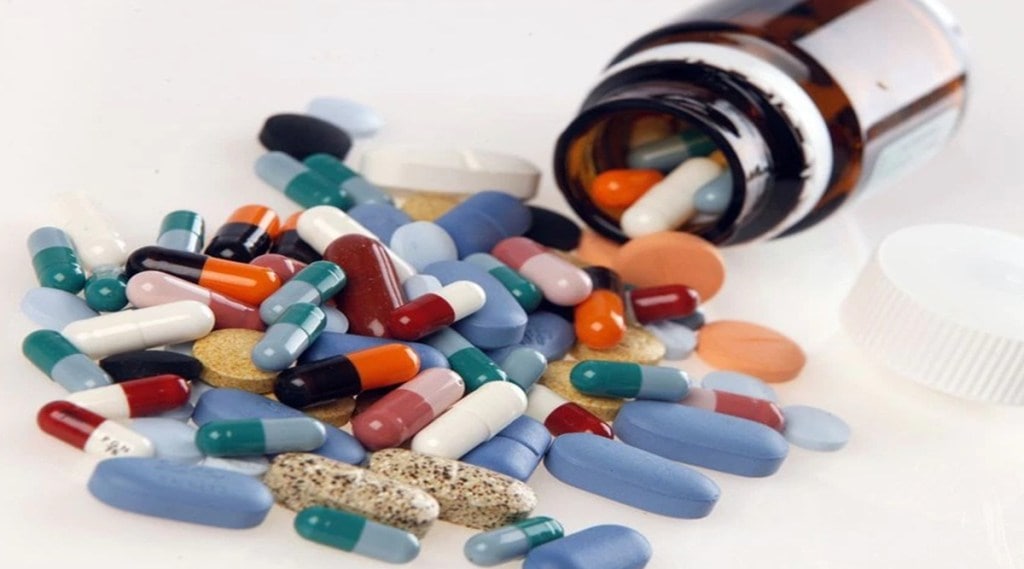The Department of Pharmaceuticals (DoP) has drafted the policy to catalyze the R&D and innovation in the pharma and medtech sector and highlights priority actions in this direction, said S Aparna, Secretary, DoP while delivering her speech on the topic of Changing Landscape of Indian Pharmaceutical Industry and Way Forward on the occasion of two day FE Pharma Summit which started on 24th March 2022. The theme of the first day of FE Pharma Summit was “From Pharmacy of the World to Being its Innovation Hub”.
She further said that Indian pharma has embarked on a growth trajectory of self reliance in raw materials such as APIs to ensure drug security. In the coming years, multi location manufacturing and sourcing will be pursued by many countries.
“All through the pandemic the role of the pharma sector has been in the limelight. Already a leader in the generic space contributing close to 22% of the global share of the generic market, India has strengthened its claim to be the pharmacy to the world during the last two years of pandemic,” she added.
She further informed that there are a few emerging trends in the sector which must be focused on, like the greater role to be played by innovation in ensuring that Indian pharma can capture high value in the global market by investing to a greater extent in research. Other emerging areas indicate higher potential and higher product diversification in cell gene therapy and biologics in addition to traditional reliance on generics.
Indian companies also have the opportunity to capture value arising from a large number of patented drugs that would become available in the next three to four years. Indian pharma is also in the unique position to translate traditional medicines into phyto pharmaceuticals and natural products which are seeing increasing acceptance both in domestic and global markets.
Talking about digitization, she added, the Indian pharma and medical devices sector can leverage the strong IT talent pool and the robust digital infrastructure available in the country to develop Artificial Intelligence (AI) and Machine Learning (ML) enabled product development. It can also leverage the use of robotics and automation in manufacturing and high order data analytics in clinical management and quality assurance. The Government would look to build such synergies through industry and academia linkages as well as through cross sector collaborations
The global trends generated by the pandemic also revealed a move towards risk informed approach to the reconfiguration of supply chains in the pharma sector. Many countries including some where Indian generics have a strong market presence are looking to diversify their supply chains and build domestic capacities.
“India also witnessed effective application of licensing arrangement between global pharma and Indian pharma leading to covid specific drugs produced at large scale at short time and being made available at low cost during pandemic. The experiences of these two years have allowed us to identify priority areas for ensuring that the Indian pharmaceuticals and medical devices sector can move into a global leadership position over the next two decades,” the DoP Secretary said.
She further added that the second broad area which will have an impact on pharmaceuticals in the years to come is the increasing use and convergence of IT enabled tools for the entire range of the value chain from drug discovery, product development and therapeutic management.
“The Production Linked Incentive (PLI) scheme for pharma launched by the Department of Pharmaceuticals (DoP) with an outlay of Rs 15, 000 crore aims for this diversification and has also already received excellent response from the industry. These emerging opportunities would also require concentrated efforts by public and private researchers,” Aparna informed.
Aparna further said that she would like to highlight the changing expectations and behavior that would impact this sector. Patients are showing increasing awareness towards preventive healthcare and quality of life. The demand for personalized medicines and remote patient monitoring has been increasing.
“I do feel that affordability and quality of drugs and devices would continue to be a priority. Last mile delivery of healthcare and attention to rare diseases and neglected diseases will continue to be essential. I see great potential for industry, healthcare providers, regulators and researchers to work together in these areas within the broad policy framework to attain our goal of universal healthcare,” she concluded.








